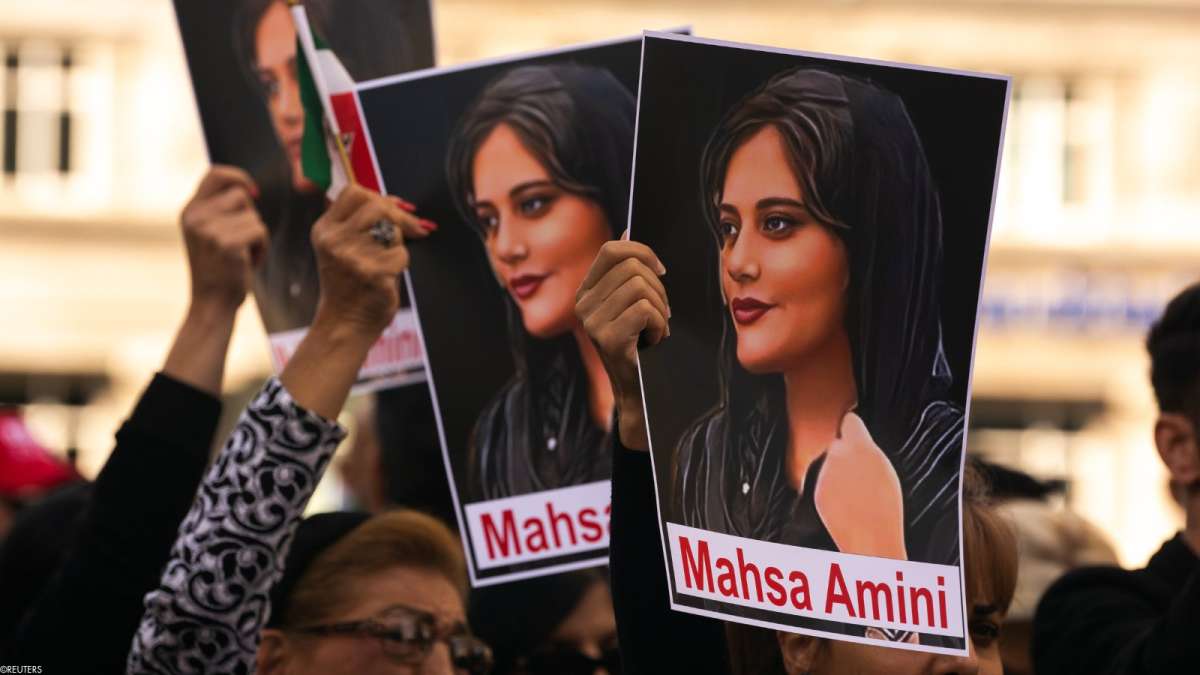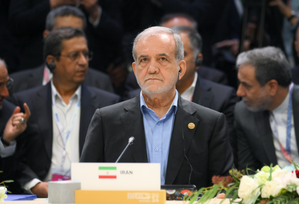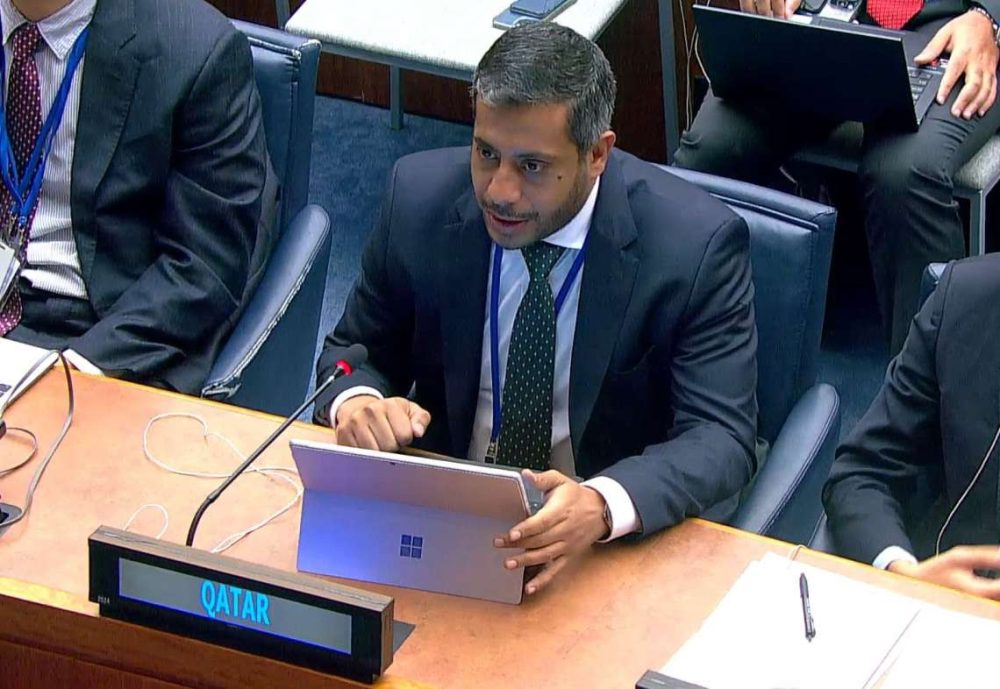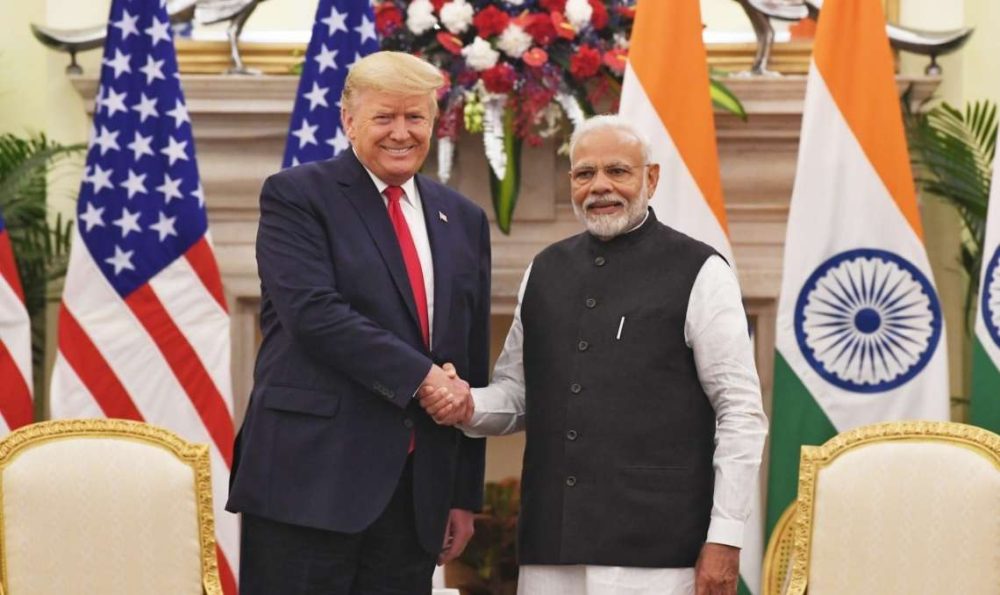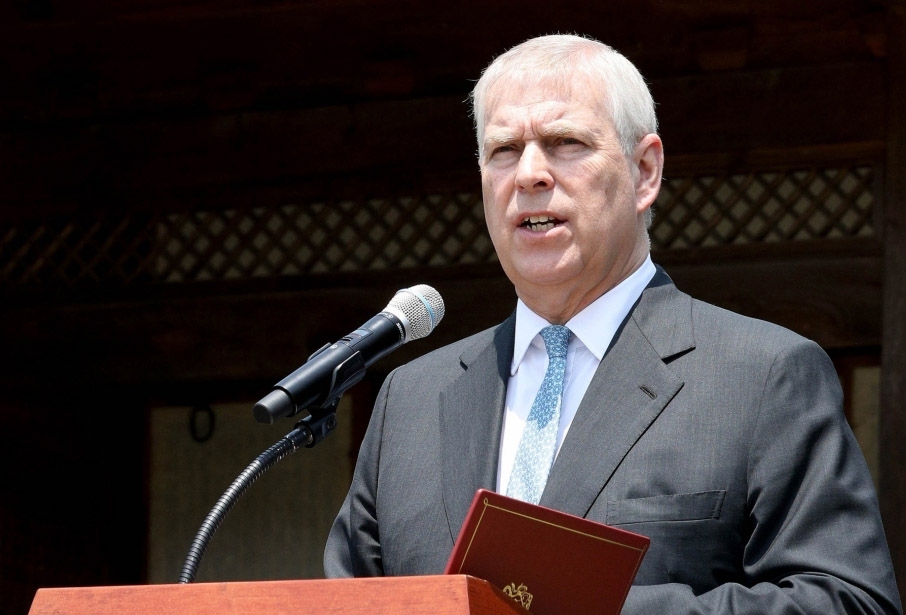A young Iranian woman died simply because she refused to accept the dress code commanded of her by clerics, writes Prof. Madhav Nalapat

Mysterious are the ways of the human heart. If the Iranian Moral Police are to be believed, a 22-year-old woman with a normal heart suddenly died of a heart attack. There was no independent post mortem done on Mahsa Amini, a young Iranian who had spent her entire life in a country controlled by clerics who have abandoned the spiritual for the temporal. Since the 1980s, the clerical aristocracy in Iran see more value—,or in their words virtue—in influencing state policy rather than in the study and contemplation of the theology they claim to be the champions of.
Mahsa had been detained and taken to a “Moral Police Station’’, an abomination that is incongruous in a country with a civilisation that can compete with those of the Greeks and the Romans, not to mention Indic and Sinic traditions in antiquity. “Moral Police” worldwide believe virtue to be only as deep as cloth that, once it cloaks the body and much of the face, doubles as a certificate of morality. Mahsa’s offence was that she had been seen without the abaya, a dress dating back nearly two millennia.
Judging by the treatment meted out to women who show a lack of regard for a dress that is not among the five pillars of the Islamic faith, it is clear that the justification that Iran’s Moral Police rely on to enforce the wearing of the abaya is not from that faith but from pre-Islamic customs. Soon after Mahsa’s death in custody of a “heart attack”, social media posts emerged showing the barbaric treatment meted out to women who had for a time dispensed with the abaya (for in Iran, the clerical overlords believe as does the Taliban that not wearing just the hijab but a full abaya is the definitive proof of a woman’s high moral standards). Judging by such an edict, men are so uncontrollable in their impulses that the mere sight of a partly uncovered woman leads them to horrible acts of violence against the lady in question.
According to this belief, Bondi Beach and similar other seashore getaways must experience an epidemic of assaults against women, something that the media appear to be covering up. The clerics believe that Iran would fall apart, were women to go about wearing an abaya in the way Mahsa sought to do. According to the version of the death proffered by the Iranian police, the Moral Police were so gentle in their behaviour to Mahsa that there was no “physical encounter” between them and her. They apparently believe that beating a prisoner with a stick would not constitute “physical” contact. So civilised are the Moral Police that they never beat up a prisoner with their bare hands, but only with “moral” implements such as a stick or a whip.

The Moral Police imply that Mahsa Amini was given the comforts of a 5-star hotel while in their company. What is implied is that the luxurious treatment given to Mahsa so overwhelmed the young woman that in ecstasy, her heart stopped beating, killing her. Grand Ayatollah Khamenei has been known to speak out whenever the police in the US commit an atrocity, as took place during the murder of George Floyd by a policeman two years ago. Given his sensitive soul, the fact that Ayatollah Khamenei has not this far publicly commented on Mahsa Amini’s death indicates that the Supreme Leader of Iran is convinced that Mahsa died not as a consequence of police brutality but of natural causes brought out by the sheer joy experienced by a woman who falls into the custody of the Iranian Moral Police.
Meanwhile, President Ibrahim Raisi announced a police probe into the death at the hands of the police, in a bid to damp down public anger at the manner in which a young woman was killed by philistines in a country once famed for its culture.
A young Iranian woman died simply because she refused to accept the patriarchal commands of clerics who in their behaviour showed none of the compassion, mercy and benevolence that are repeatedly enjoined in the Quran as divine virtues. The murder of an innocent by the country’s Dark Ages police force motivated several young women in Iran to come out into the streets. They came without wearing according to clerical codes the full-length tunic that was in vogue among women in the sandstorm-prone Arabian desert nearly two thousand years ago.
Stony faces and vile behaviour seem to be essential requisites for getting admitted into the ranks of the Moral Police in those countries that have such elements in their gendarmerie. The forgiving attitude of Ayatollah Khamenei towards the Moral Police indicates that the Supreme Leader of Iran trusts wholeheartedly in the correctness of the actions of the Moral Police. Perhaps the Supreme Leader has adopted an “If you don’t ask, you don’t need to know” attitude to the way in which elements of the Iranian police have adopted the Standard Operating Procedure of the worst elements of Savak, the brutal force that terrorised people in Iran before the Shah was deposed in 1979?
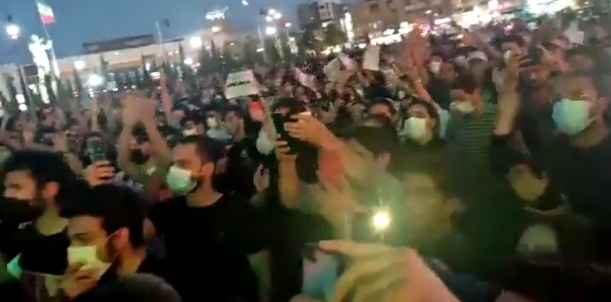
Aware of the anger in the streets caused by the murder at the hands of the Moral Police of Mahsa Amini, President Raisi has ordered an inquiry into her death. An inquiry by the police, for the police, that is on track to find out that the young lady had a rare heart condition that was suddenly and triggered by the limitless hospitality of her jailors, sorry, her educators. For the story given out is that Mahsa was forcibly brought into a police station in order to be educated in how to be a virtuous woman. Or rather, to dress in a manner that would be sufficient to deem her a virtuous woman in public, no matter what her behaviour in private was.
When an educational institution in Karnataka banned the use of the hijab (headscarf) in its precincts some time ago, this columnist was of the view that a headscarf worn voluntarily (whether black or saffron) was not sufficient grounds for a ban, although wearing an abaya would be. The operative word is “voluntarily”. Young women who get coerced into wearing the headscarf (hijab) or even the abaya is a different matter.
Wearing a uniform is all that is needed in an educational institution. To equate an additional item of clothing with piety or with virtue is fantasy. To remain healthy, society must deny freedom to elements that seek to coerce others in the way that Iran’s Moral Police do. Their actions are an infringement of rights, and should be opposed, as they are being after the murder of a hijab-less 22-year-old. The people of Iran want their lives back from the grip of a clergy still frozen in extreme patriarchy. Mahsa Amini is a martyr in the battle of the women of Iran to ensure that freedom and not coercion prevail in their ancient land. She will not be forgotten.


